**SARDINIAN JEWELS**
Thread about Sardinian traditional jewels. Prepare for plenty of silver and gold 🤩🤩 #FolkloreThursday
Thread about Sardinian traditional jewels. Prepare for plenty of silver and gold 🤩🤩 #FolkloreThursday

The very first jewels we found in Sardinia were Prenuragic and Nuragic artifacts, such as necklaces with animal teeth or bones (1st picture). We then have Phoenician and Carthaginian jewels (2nd picture) and golden bugs, very similar to Egyptian's. We found Roman things too- 





- but the most interesting are jewels of Byzantine taste. We've been officially a Byzantine province for 4-5 centuries, but under local rule which led to the autonomous government of the island in Middle Age. Strangely enough, we don't have jewels of the period of Judicates. 

Sardinian traditional jewels actually derive from the Spanish ones of 16th-17th century, same period of the formation of our traditional clothes as we know them today. These are typical Spanish jewels of Baroque taste, the major taste in the Europe of that time. 






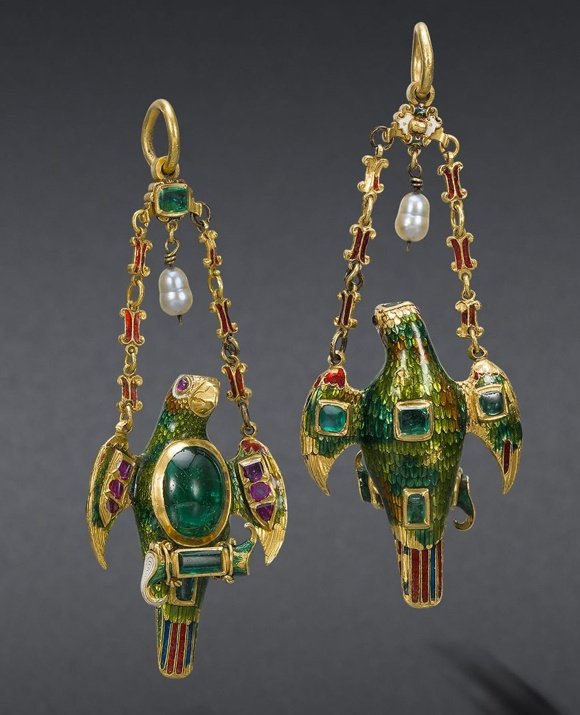
These are instead Sardinian, of an early period dating to the Spanish rule, clearly visible in the eagle of the Hasburg ruling house. These are of 17th century. 



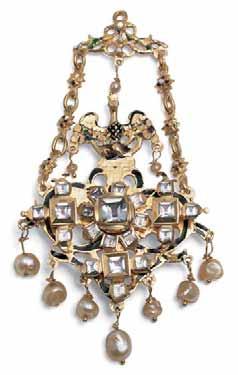

The main techniques which are still used in Sardinia are filigree and granulation, which is another symbol to wish fertility. These jewels are still done today with the same methods and Sardinia's richness in precious metals and stones was an incentive. 



The main push was given by religious jewels: ex-voto like the 1st picture, reliquaries like the other 3, charms containing sacred pictures, sacred pieces of fabric or wax Agnus Dei, usually in a heart shape. 



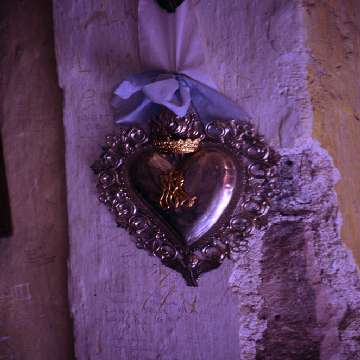



There was a huge production of jewels for statues of Spanish taste, crowns, amulets... Rosaries were a must for all Sardinian people, especially women who always showed them at hand. They melt religious characteristics and pagan-like amulets. Their style remained the same. 







Amulets have a great importance in Sardinian culture. We don't know how their history starts for certain but we have any kind of them, mostly against evil eye and to assure fertility. They can be stones, corals or shells, usually in silver frame and with little bells. 







The most famous of them is the spuligadentes, meaning teeth cleaner. Made in silver and heavy decorated with grains and stones, it was meant as an adornment. The point is for cleaning teeth and the little spoon to clean the ears. It wasn't used for that but it's rather ancient. 




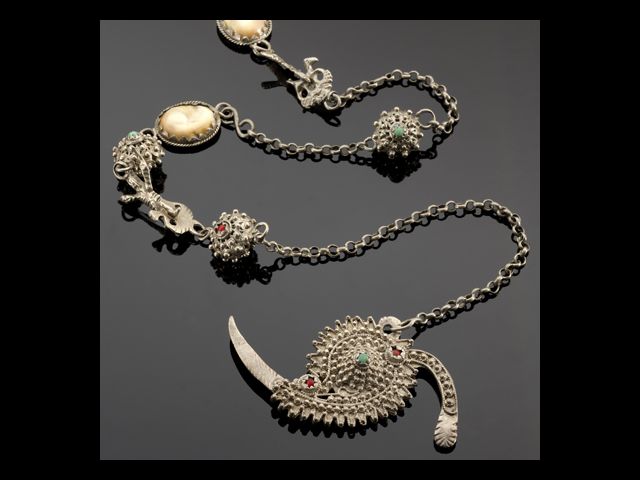
The other Sardinian famous is su kokku. It's a single stone enclosed in silver frame. It was black obsidian against evil eye, white for new mothers and red for who was searching a husband. It's still the most appreciated one, I have mine too and it's meant to only be gifted. 





Even the traditional button can be considered an amulet. It could be gold or silver, pomegranate-shaped or disk-shaped. The shape recalls that of a breast because it's a symbol of fertility. It was used by both men and women to close the shirt at throat and sleeves. 





The most famous buttons are those of the traditional dress of Ittiri, which has a long line of huge buttons (called sa buttonera), for both men and women, but men's were smaller. 





In Ittiri and Uri (last picture), women also used a huge gold necklace, called sa cadena, held in M shape with brooches.
📸3: Carlo Marras photography



📸3: Carlo Marras photography




Another accessory is sa gancera, silver chain used by men to close their coats and by women to close their corsets or head piece (especially in Lanusei, Seui, Villagrande and Jerzu, in Ogliastra). 







Women wore necklaces of many types, usually done with brooches. Buttons could be simple brooches too. Sardinian women used many of them at the same time, especially down in the Campidano of Cagliari. Many involved coral, stones, gold and so called -
📸 Sinnai, Tortolì, Dorgali


📸 Sinnai, Tortolì, Dorgali



-cammei, head shaped engraving on stone.
Su lasu is the typical necklace: a velvet ribbon, black or red, with ribbon-shaped brooches attached, recalling the original Spanish fashion. Red and green stones are often used, and cammei too. One can put even just a simple button.

Su lasu is the typical necklace: a velvet ribbon, black or red, with ribbon-shaped brooches attached, recalling the original Spanish fashion. Red and green stones are often used, and cammei too. One can put even just a simple button.


Sa zoiga is the typical necklace of Dorgali, starting with a ribbon shaped part in gold and red and green crystals, and ending with a cross. In the second picture there are also the typical gala earrings, with two medal shaped parts and coral elements. 







Brooches were very common, to close shirts, pin veils or just for decor. The flower one is very common and the other two can be used as brooches or as necklaces. With proper hook they could be used as earrings. 





Corals were very common in places near the sea, like Alghero, Dorgali and upper Sardinia like Ittiri and more. Sardinians made necklaces, earrings and also rings. The ones with grape theme, especially the ring, is thought to have Neapolitan influences. 




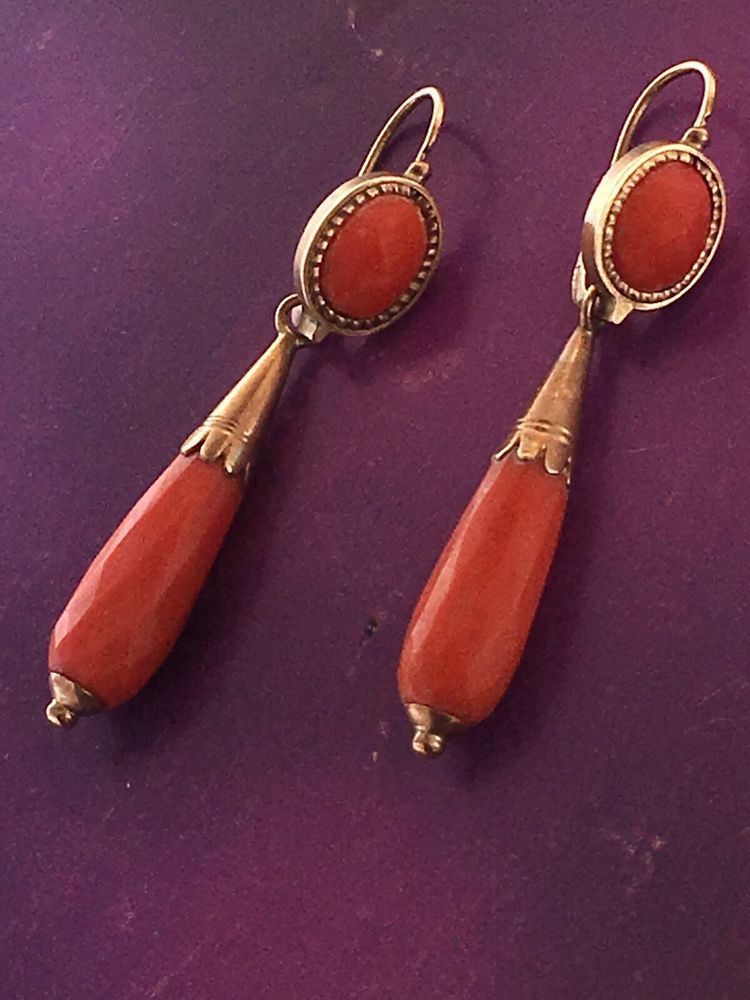


Rings were much loved. They usually had stones or cammei in them & every woman had them. Travellers of 19th century tell women filled their fingers with rings so much they had to tie them to avoid losing them. This applies especially to the rich but the poors had their jewels too 







Traditional Sardinian wedding bands had a little golden plaque with the initials of the husband and wife. Later, a purely granulated ring took its place. The last ring, called maninfide and used in other places too, was given by the groom to symbolise the engagement promise. 


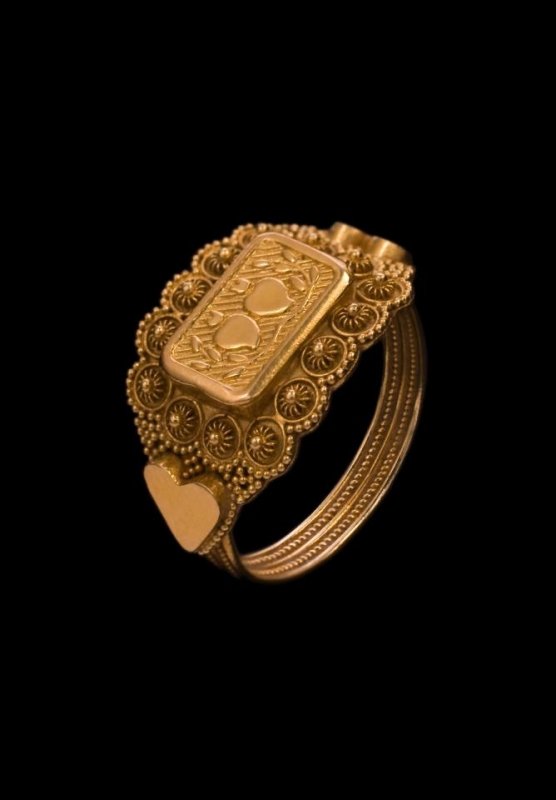


And here is a quick look at how all of them were used in a complete outfit.
📸 Bitti, Selargius, Cagliari (sa panettera, bread maker), Gavoi



📸 Bitti, Selargius, Cagliari (sa panettera, bread maker), Gavoi




Men used jewels too. Here in Iglesias, men used also old silver coins as buttons for their jackets. As you can see, even fur-wearing men had jewels 🤪
📸 Sennori, Teulada, Iglesias, Teulada



📸 Sennori, Teulada, Iglesias, Teulada




• • •
Missing some Tweet in this thread? You can try to
force a refresh















